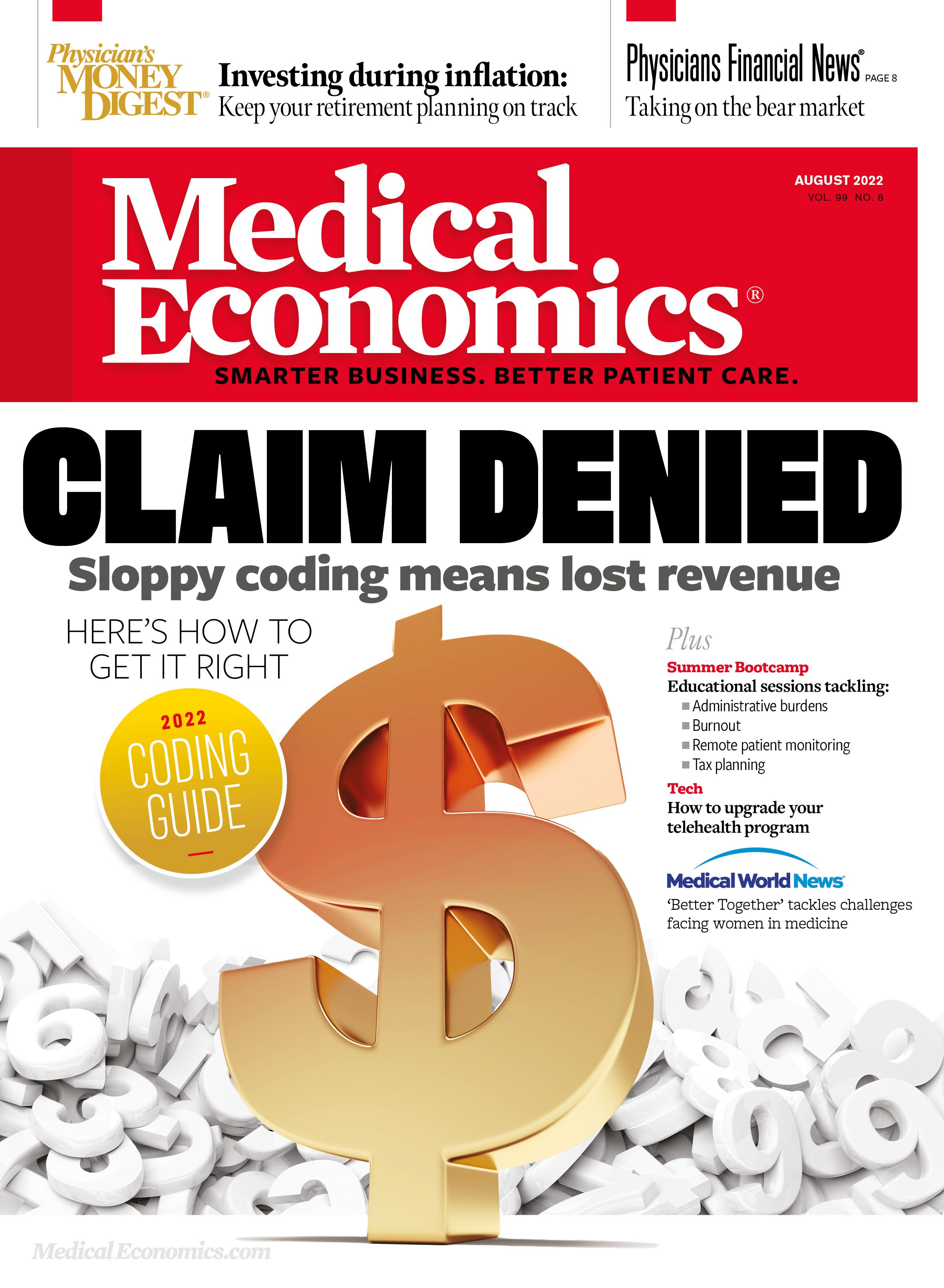Publication
Article
Medical Economics Journal
The growing division within the house of medicine
Author(s):
I am concerned. There is a brewing storm within the normally collaborative and professional family of medicine as nursing organizations and other nonphysician associations advocate in state legislatures across the country to be allowed to practice independently and without restriction or supervision. Although I understand their motivation in advocating for their profession, I fear for the unintended consequences of this movement that will ultimately undermine the public trust in the entire medical system.
I have practiced and been partners with many nurse practitioners (NPs) and physician assistants (PAs) during my career, many of whom are very capable of seeing patients independently — after years of experience. I have also seen firsthand that most new graduates are far from prepared to practice outside a structured environment with mentors and experienced physicians.
Additionally, I have been critical of the inadequate supervision requirements that have been in place for decades, being neither protective of the public nor designed to improve the knowledge or skills of those supervised. In essence, supervision should be the version of advanced training that residencies are for physicians.
As a family physician, I totally understand having to prove my competence. When I entered practice, as is still true today, doing obstetrics or managing complex hospital patients was not standard in my hospital for family physicians, nor was such training assured simply by graduating a residency. (There is a difference between experiential vs hands-on practical training).
Despite training as a resident, I was required to consult and be supervised to prove my knowledge and ability, and I ultimately gained full obstetrical privileges and admitting privileges to the intensive care unit and coronary care unit. It felt demeaning, but with time and wisdom, I realized it did more for my specialty and my own standing in the medical community.
Traditionally, state medical boards are set up to license physicians and regulate the practice of medicine. They are required to set the minimum standards of practicing medicine in the state, broadly defined as diagnosis and treatment of disease, prescribing medication and performing surgery. Almost without exception, states have moved away from their own certification exams to requiring physicians pass each part of the extensive three-part United States Medical Licensing Examination; part three being taken during the first year of residency training, and licensure coming after completing one year of post-medical school residency training.
New physicians can then get their medical license, but almost all complete a residency before entering independent practice. With state legislatures granting full independent practice to advanced practice nurses and PAs and each board granting their own licenses, we are on the way to having multiple standards of the practice of medicine. I am afraid the long-term effect of this move will play out over time and, unfortunately, in the courts.
I am also concerned about the increasing lack of public transparency regarding the training and credentials of the clinician who is caring for them. There is a trend by many hospitals and other corporate clinics to staff their urgent care centers, primary care clinics with NPs or PAs, often without an onsite physician.
Although the motivation seems to be greater availability of staff and lower costs, there is concern about whether new hires at these sites are ready for such independent practice. I believe the public still expects physician care as the primary option when seeking care, particularly in the emergency department or urgent care setting. If that is no longer the standard of practice, then the public should be made aware.
There is more to unpack on the subject of physician, NP and PA workforce, as well as the many aspects of the growing conflict within the house of medicine. We at Medical Economics® will begin to examine the conflict and take a deeper dive into training differences, data regarding the claim that NP or PA care is equal to physician care, and whether the growing numbers of NPs and PAs is solving our geographic distribution problem. We’ll also look at who is hiring NPs and PAs, the economic drivers of this movement and emerging examples of places and policies that assure patients receive the best possible care from these practitioners.
L. Allen Dobson Jr., M.D., FAAFP, is a family physician and editor-in-chief of Medical Economics®.






